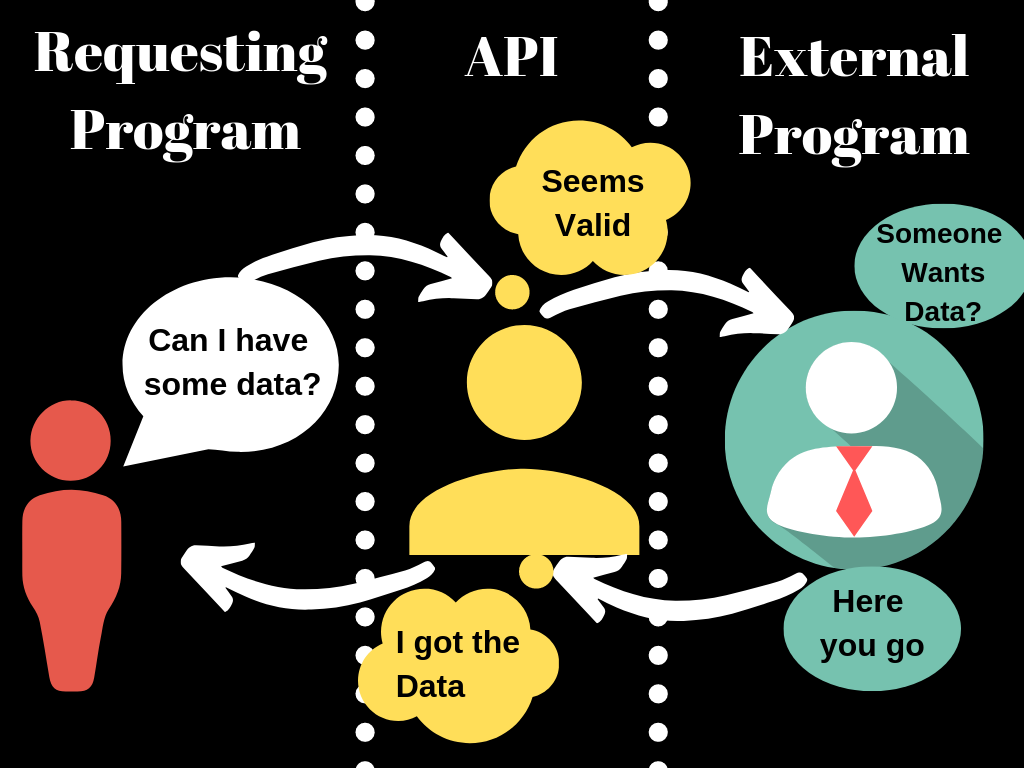One lesser-known but essential feature in REST content negotiation is the ‘q’ parameter which represents the relative quality factor of the response. The ‘q’ parameter is used in the HTTP Accept header to each media type variant a client is willing to accept.
The ‘q’ parameter enables clients to express their preferences when multiple resource representations are available. The ‘q’ parameter value ranges from 0 to 1, with 1 indicating the highest preference and 0 the lowest.
In the following example, the client prefers JSON (q=0.9) over XML (q=0.8).
Accept: text/xml;q=0.8, application/json;q=0.9
1. API Clients can request Multiple Representations
A REST API can return the resource representation in many formats – to be more specific MIME-types. A client application or browser can request any supported MIME type in HTTP Accept header.
Technically, Accept header can have multiple values in the form of comma-separated values.
For example, an Accept header requesting for text/html or application/xml formats can be set. Since the client didn’t specify any preference, the server will choose either text/html or application/xml based on its own default or configuration.
Accept : text/html,application/xml2. The ‘q’ Parameter
Sometimes clients may want to set their preferences when requesting multiple MIME types. To set this preference, q parameter (relative quality factor) is used. Value of ‘q‘ parameter can be from 0 to 1. 0 is the lowest value (i.e. least preferred) and 1 is the highest (i.e. most preferred).
A sample usage can be:
Accept : text/html, application/xml;q=0.9, */*;q=0.8In the above example, the client is indicating to the server that
- It would prefer to have the response in text/html format, first.
- If the server does not support text/html format for the requested resource then it shall send
application/xmlformat. - If none of both formats are available, then send the response in whatever format it supports (
*/*).
One of the benefits of the ‘q’ parameter is to minimize the client-server interactions, which could have happened due to failed content negotiations. It also allows clients to receive content types of which they may not be aware, an asterisk “*” may be used in place of either the second half of the MIME type value or both halves.
3. According to HTTP Specs
Here’s how the HTTP spec defines it:
Each media-range MAY be followed by one or more accept-params, beginning with the “q” parameter for indicating a relative quality factor. The first “q” parameter (if any) separates the media-range parameter(s) from the accept-params.
Quality factors allow the user or user agent to indicate the relative degree of preference for that media-range, using the ‘q’ value scale from 0 to 1.
The default value is 1.
If there are two MIME types for the same q value, then a more specific type, between both, wins.
For example, if both application/xml and */* had a preference of 0.9 then application/xml will be served by the server.
If no
Acceptheader field is present, then it is assumed that the client accepts all media types.If an
Acceptheader field is present, and if the server cannot send a response which is acceptable according to the combinedAcceptfield value, then the server SHOULD send a406 (not acceptable)response.
4. Summary
The ‘q’ parameter is a crucial component of HTTP negotiation, enabling clients to express their preferences for media types. It provides a flexible and nuanced way to define how clients want to interact with servers and receive content.
By understanding and effectively using the ‘q’ parameter, we can create more responsive and adaptable web applications that cater to the diverse preferences of clients.
Happy Learning !!

Comments